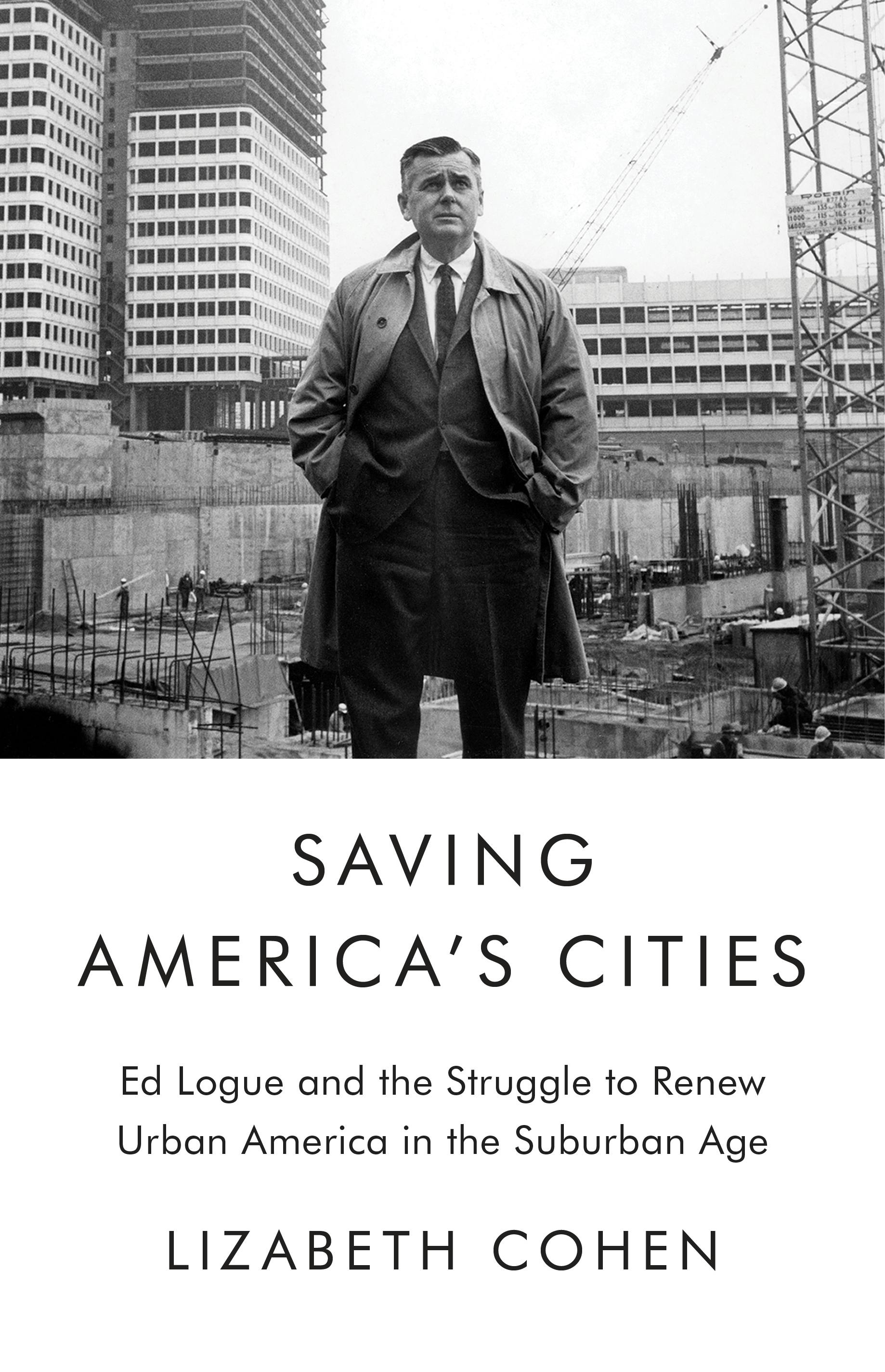In his 1976 book, Toward a Planned Society: From Roosevelt to Nixon, the historian Otis L. Graham surveyed the rise of government intervention across multiple spheres of American life, from economic management to urban and regional development. In the 1930s, the New Deal and FDR left had revolutionized the role of the state and vastly expanded its powers. By the early 1970s, even mainstream conservatives, led by then president Richard Nixon, had come to accept the inevitability of large-scale planning. After decades of an expanding administrative state and major increases in public spending, the nation was, as Graham saw it, “on the eve of a workable consensus that the time has come to plan.”
As it turned out, the nation was not, in fact, about to enter a golden era of energetic government planning. Quite the contrary: we now know that the last quarter of the 20th century witnessed a major reconsideration of state power across the developed world — a reconsideration that is ongoing today. In the United States, government at all levels retreated along many fronts. The federal government disassembled the negotiated détente between capital and labor, rolled back direct welfare to individuals and families, and shied away from the demands of the civil rights movement. And nowhere was this political reversal more dramatic than in the field of spatial planning. When Graham’s book was published, urban and regional planners could reasonably have anticipated a near future in which billions of public dollars would support gargantuan efforts to redesign and remake communities. Barely a decade later, that possibility would come to seem remote, if not impossible.
What political story, what realignment of material and ideological forces, can account for the shifting fortunes of the planning state? In the U.S., this shift has typically been understood in terms of a sequence of victories by an ascendant right wing. In national politics, the story runs from radical Republicans like Barry Goldwater to movement conservatives like Ronald Reagan and finally to third-way Democrats like Bill Clinton. That shift was also driven by the rise of an influential cohort of right-wing intellectuals who sought to recast state planning as a form of totalitarian control, an overweening constraint on the dynamism of markets. In hindsight, the consensus that was emerging in the mid-1970s was not that “the time has come to plan.” Rather the time had come for limited state power, for public disinvestment, for laissez-faire capitalism, for the growing market domination of Western society.
But it was not only the political right that worked to unravel the consensus around the importance of state power and planning. Indeed, an even more radical and wide-ranging critique came from an opposite camp — from the left. This is the history that Paul Sabin tells in his lively new book Public Citizens: The Attack on Big Government and the Remaking of American Liberalism (W.W. Norton, 2021). As Sabin argues, the evisceration of big government in the final quarter of the 20th century cannot be blamed solely on conservatives and their allies. Instead, he seeks to trace “the more complex and bipartisan origins of American assaults on government power,” and to show “how the left grew suspicious of the grand projects, social engineering, and pro-growth policies of the postwar period.”


